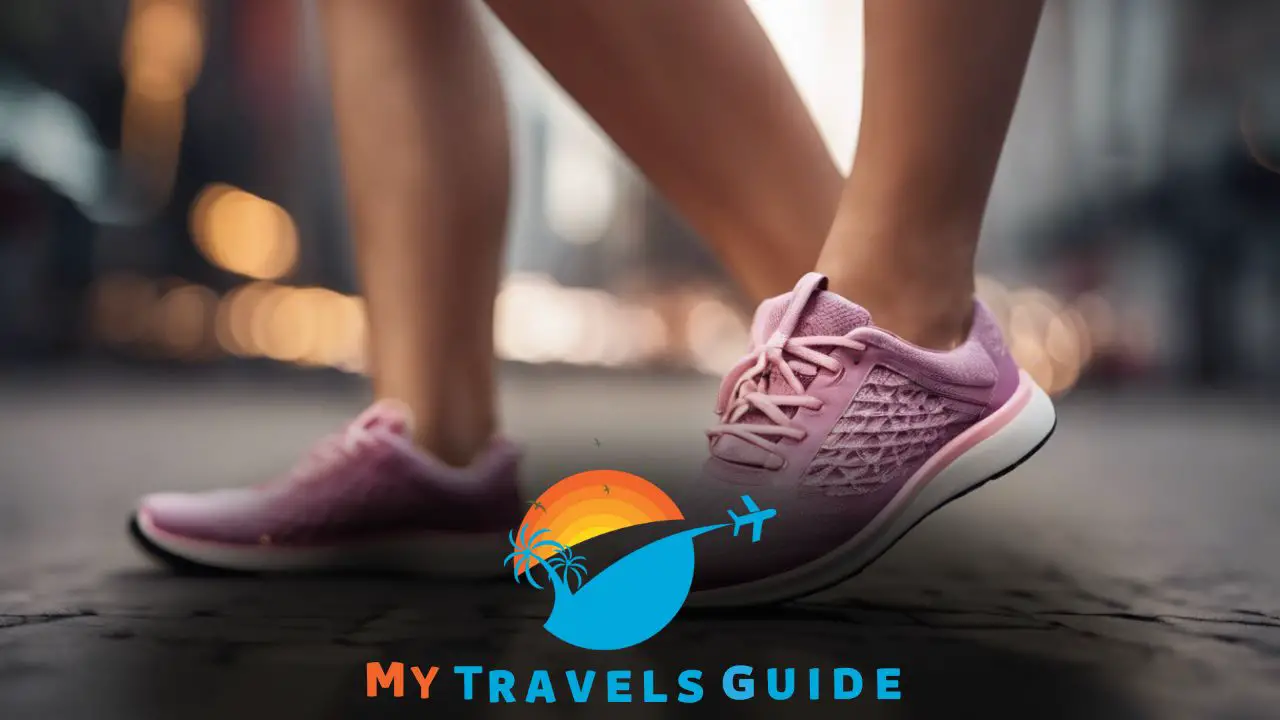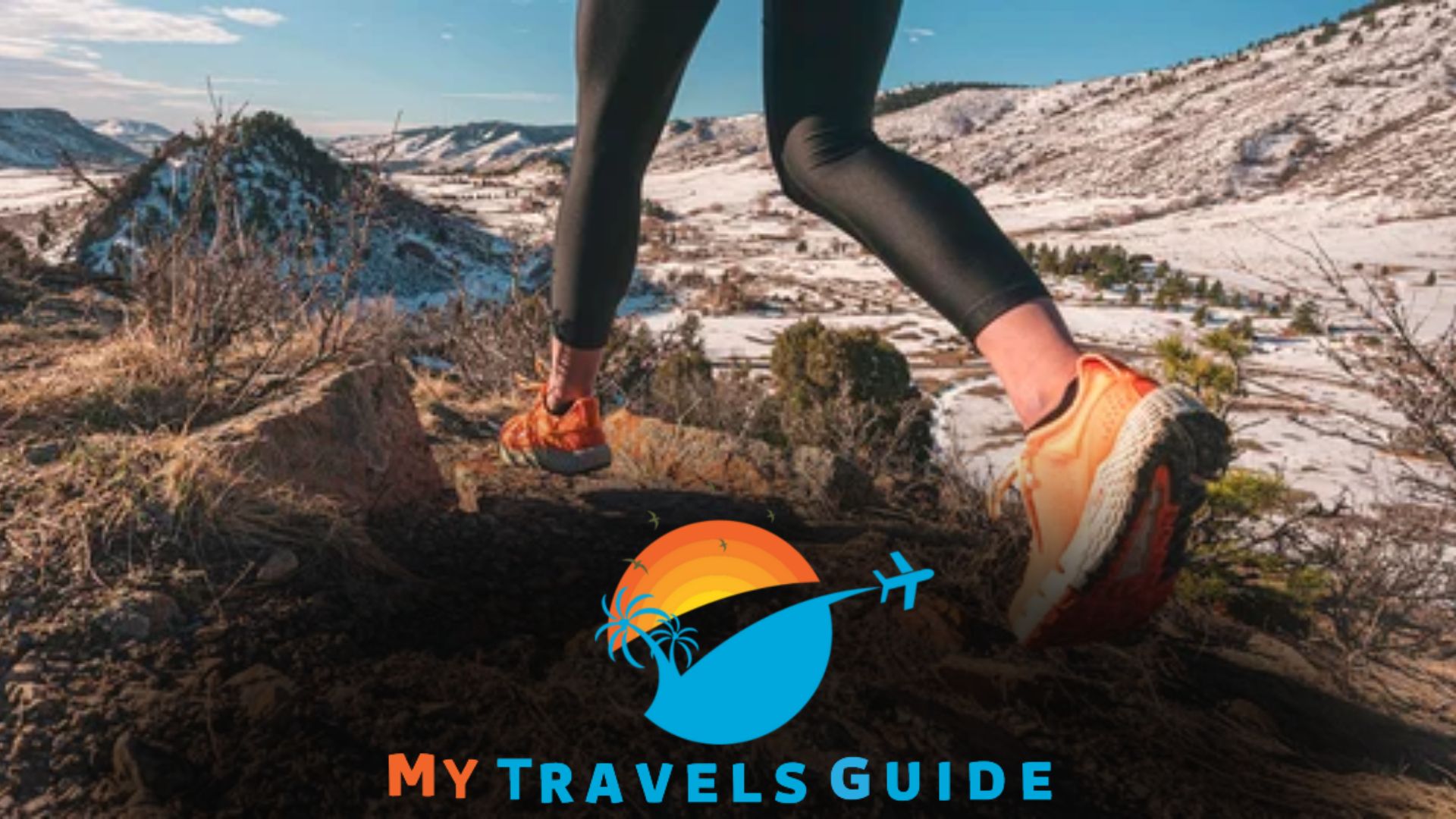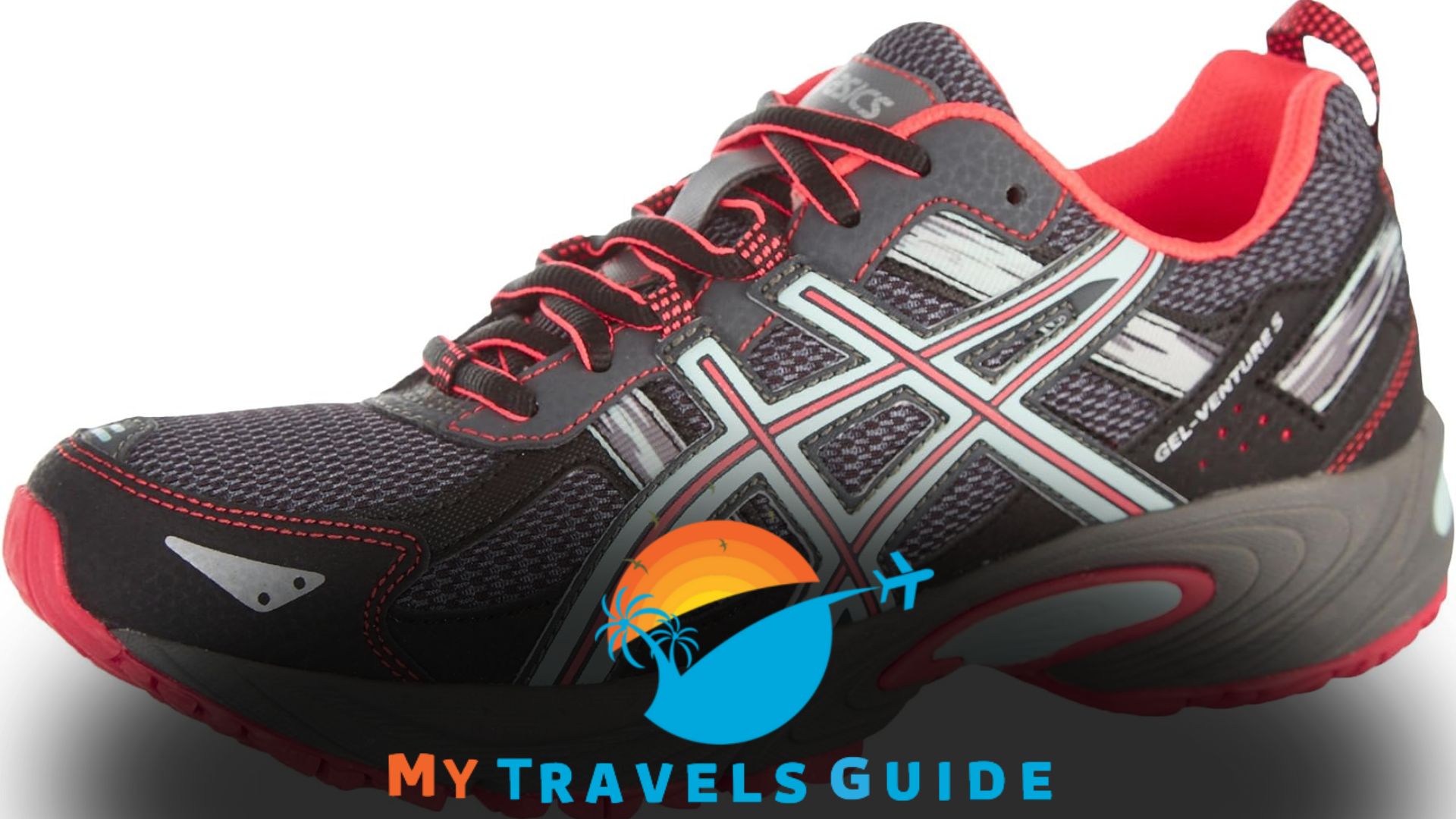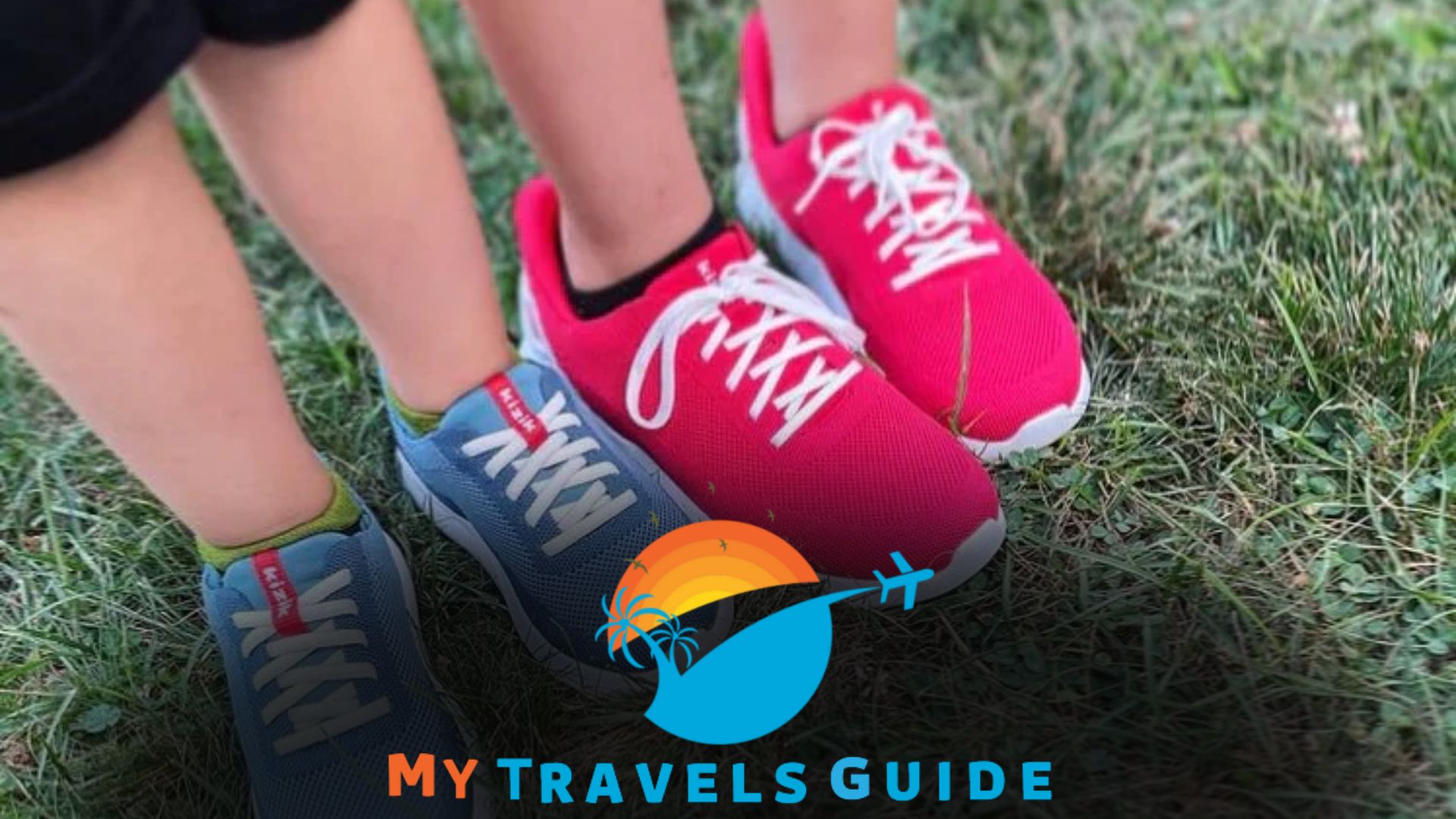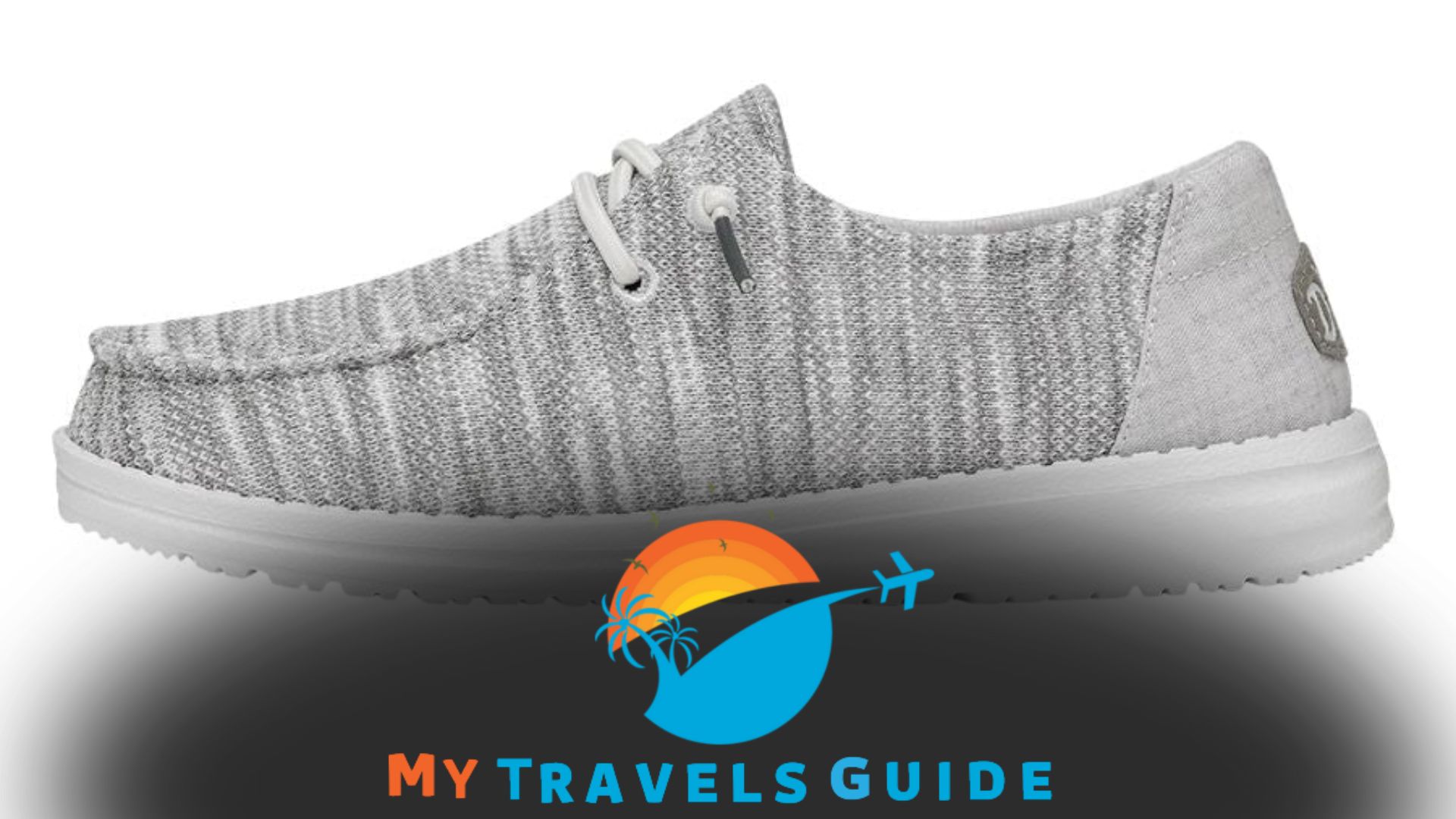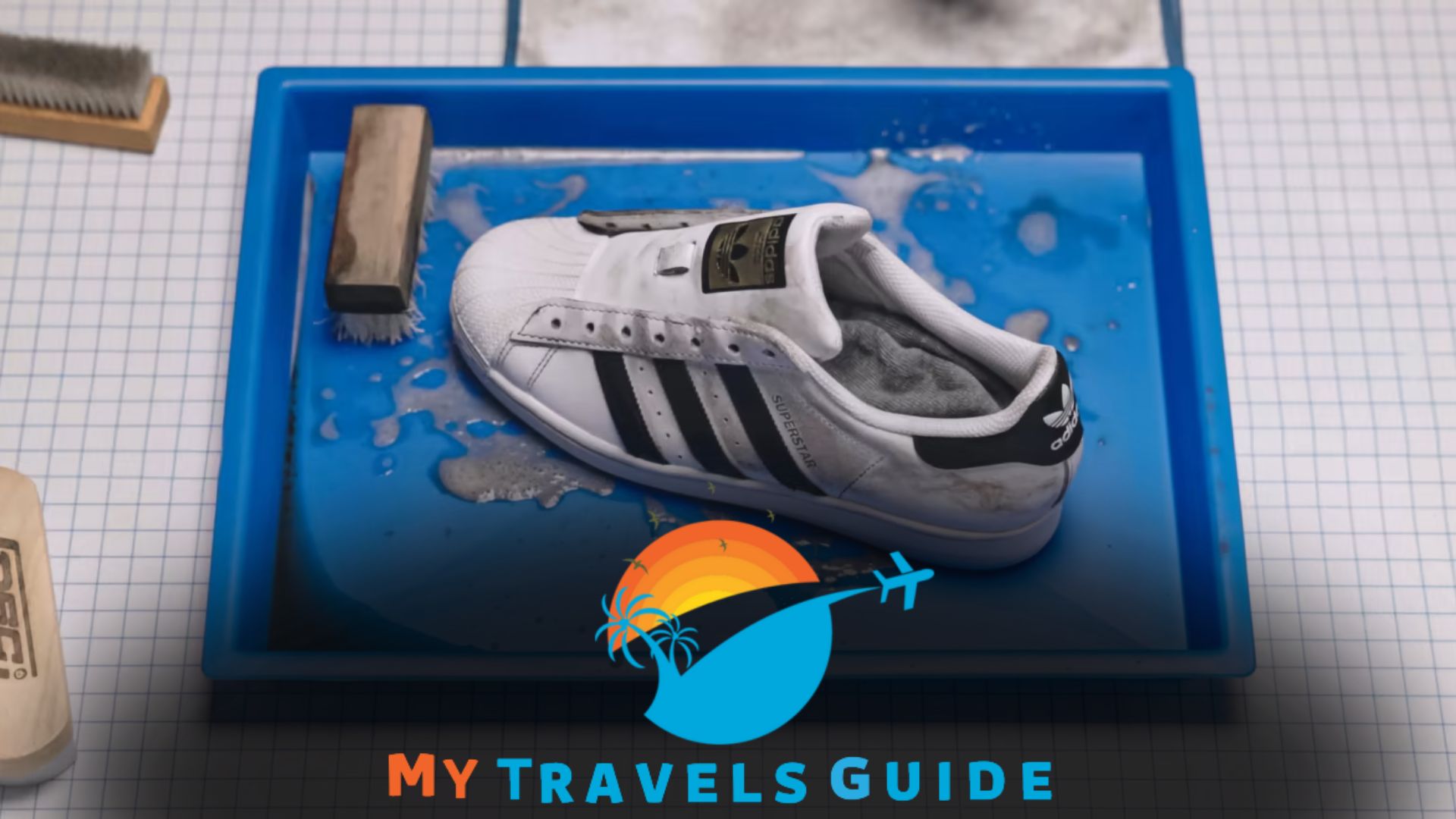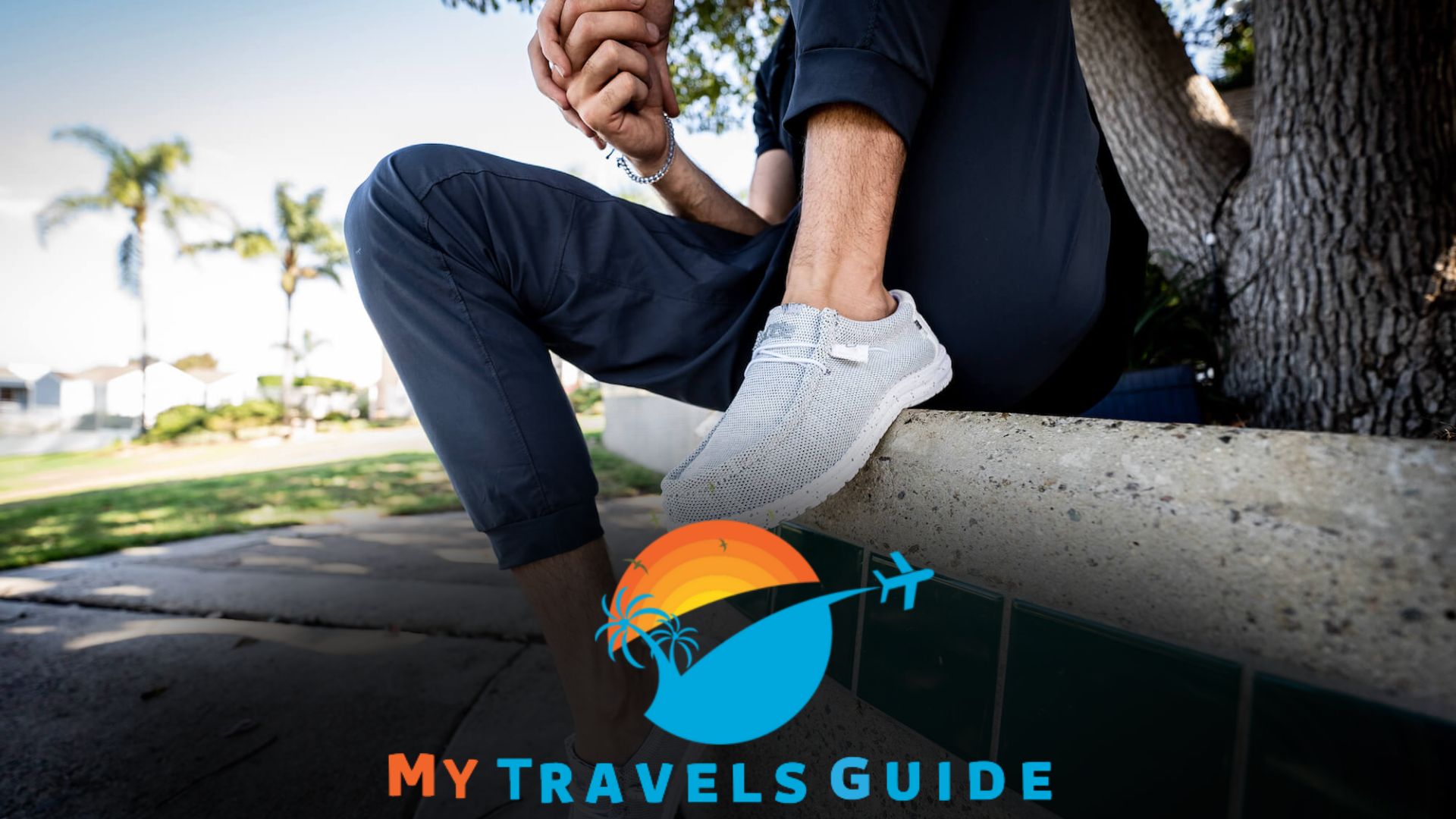In this article:
Yes, trail running shoes can be worn on the pavement. Trail running shoes are designed to provide extra stability and traction on uneven terrain, making them suitable for trails and pavement.
Trail running has gained popularity due to its unique challenges and connection with nature. While trails provide an exciting environment for runners, many wonder if trail running shoes can also be used on pavement.
This article aims to answer one such query by exploring whether wearing trail running shoes on the pavement is feasible.
We will discuss the characteristics of trail running shoes that make them suitable for different terrains and evaluate their performance on the pavement.
Whether you’re an avid trail runner looking for versatile footwear or simply curious about the capabilities of trail running shoes, read on to find out if they can effectively be worn on the pavement.
Trail Running Shoes Versatility
Trail running shoes have become increasingly popular among runners of all levels. Their versatile design allows optimal performance on various terrains, from rugged trails to paved roads.
Whether you are an avid trail runner or simply looking for a reliable pair of running shoes, understanding the versatility of trail running shoes can help you make an informed decision.
Curious about the performance and benefits of Altra shoes? Discover the power of Altra footwear as we delve into what makes them a good choice for runners seeking comfort and support.
Exploring Their Design for Multiple Terrains
One of the key features of trail running shoes is their design which caters to multiple terrains. Unlike traditional running shoes, trail running shoes are built to withstand the challenges of off-road trails and offer a smooth ride on pavement.
These shoes typically have a more aggressive outsole featuring deep lugs and multidirectional grips.
This design enables the shoes to provide exceptional traction on uneven, muddy, or slippery surfaces, ensuring stability and preventing slips and falls. However, their versatility does not end there.
Trail running shoes also boast a cushioned midsole, which helps absorb shock and minimizes impact on your joints.
This is particularly beneficial when transitioning from trails to pavement. The cushioning provides comfort and support, reducing the strain on your feet and legs as you run on hard, flat surfaces.
So, whether hitting the trails or pounding the pavement, trail running shoes offer the necessary protection and support for a comfortable run.
Benefits and Limitations on Varied Surfaces
The versatility of trail running shoes extends beyond design, providing benefits and limitations on varied surfaces. Let’s take a closer look:
| Surface Type | Benefits | Limitations |
|---|---|---|
| Rugged Trails | Excellent traction and grip Enhanced stability on uneven surfaces Protection against sharp rocks and debris | Heavier compared to road running shoes Less responsive on smoother terrains |
| Paved Roads | Comfortable cushioning for impact absorption Durable design for long-lasting performance Resistance to wear and tear | Extra weight compared to dedicated road running shoes Less efficient due to aggressive outsole |
While trail running shoes excel on rugged trails, they may not provide the same efficiency as dedicated road running shoes on pavement. The aggressive outsole may cause more energy expenditure, impacting speed and performance.
However, for runners who split their time between trails and roads, trail running shoes offer a convenient all-in-one option to enjoy both terrains without needing multiple pairs of shoes.
In conclusion, trail running shoes offer a remarkable versatility that allows you to tackle various terrains, including pavement, confidently.
Their design, with an aggressive outsole and cushioned midsole, ensures stability, comfort, and protection on rugged trails and paved roads.
So, whether you are exploring off-road adventures or sticking to city sidewalks, trail running shoes are a reliable choice that caters to your versatile running needs.
Can You Wear Trail Shoes on Pavement?
Trail running shoes are designed to provide traction and stability on rugged terrains such as rocky trails, muddy paths, and uneven surfaces. But what if you want to take your trail shoes for a spin on the pavement?
Can they handle the hard, smooth surfaces of urban running? Let’s dive into the world of trail shoes and see how they can adapt to the city streets.
If you’re considering Asics Women’s Gel Venture 5 for your running adventures, read our comprehensive review to uncover the features, comfort, and performance of these popular running shoes.
Adapting Trail Shoes for Urban Running
Trail shoes, with their aggressive lugs and rugged design, may not be the first choice for pavement running. However, with a few adjustments, you can make them work for running on city streets.
Here are some tips for adapting your trail shoes for urban running:
- Consider shoe cushioning: Trail shoes typically have more cushioning than road running shoes to absorb impact on rugged terrains. You might opt for a trail shoe with less cushioning to provide a more responsive ride when running on pavement.
- Check out the outsole: Trail shoes are often studier and designed for better trail traction. While this might be advantageous on rugged terrains, it can cause increased wear and tear on pavement. Look for trail shoes with a more durable outsole, or consider wearing traction covers to protect the outsole from excessive wear.
- Adjust the lugs: Some trail shoes come with removable or interchangeable lugs. If your shoes offer this feature, you can swap out the aggressive lugs for flatter ones, better suited for pavement running. This will provide a smoother ride and reduce the risk of tripping on uneven surfaces.
- Consider shoe weight: Trail shoes tend to be heavier due to their added protection and durability for trail running. If you plan to run long distances on pavement, you may choose a lighter trail shoe that balances cushioning and weight.
Considering these factors, you can effectively adapt your trail shoes for urban running, making them more suitable for pavement surfaces.
Factors to Consider Before Hitting the Pavement
Before you lace up your trail shoes and hit the pavement, there are a few important factors you should consider:
- Pronation and foot type: Different trail shoes offer varying pronation control and support. Choosing trail shoes that cater to your foot type and provide support for your running mechanics is crucial.
- Running style: Your running style can impact trail shoes’ performance on pavement. If you have a heavy heel strike or tend to overpronate, trail shoes may not offer the same cushioning and stability as road running shoes. Assess your running style and consider whether trail shoes are the right fit for you.
- Running goals: If your running goals primarily involve pavement running, investing in a pair of road running shoes might be a better option. Road shoes are designed specifically for running on hard surfaces and can provide the comfort and performance you need for your urban runs.
In conclusion, while trail shoes are mainly designed for off-road adventures, they can be adapted for pavement running.
By considering factors such as shoe cushioning, outsole design, lug adjustability, and shoe weight, you can make your trail shoes more suitable for urban running.
However, it’s important to assess your foot type, running style, and goals before deciding if trail shoes are the ideal choice for your pavement runs.
Evaluating Wear and Tear
Evaluating wear and tear is crucial when considering trail running shoes on pavement. It’s important to assess the durability and tread of these shoes to ensure they can withstand the different surfaces and minimize the risk of injury.
Comparing Trail vs. Pavement Impact on Shoe Lifespan
When evaluating wear and tear on trail running shoes used on pavement, it’s essential to understand the impact that different surfaces can have on the overall lifespan of your shoes.
While trail running shoes are designed to withstand rugged terrains and provide optimal traction, using them on smooth pavement can accelerate wear.
Tips for Maintaining Trail Shoes Used on Roads
For trail runners who often find themselves transitioning between trail and road runs, it’s crucial to maintain and preserve the longevity of their shoes.
Here are some tips to ensure your trail shoes continue to perform well even when used on pavement:
- Rotation is key: To reduce the wear on your trail shoes from road running, it’s advised to rotate them with another pair of shoes specifically designed for pavement. This helps to distribute the impact evenly and extends the lifespan of your trail shoes.
- Proper cleaning: After each run, remove any dirt, debris, and mud that may have accumulated on your trail shoes. A quick rinse with water and gentle scrub using a soft brush will help prevent the build-up of grime that can potentially damage the shoe material.
- Inspect for damage: Regularly inspect your trail shoes for any signs of wear and tear, such as worn-out treads or cracks in the sole. If you notice any significant damage, it’s advisable to have them repaired or replaced to avoid compromising your safety.
- Sole protection: Consider using sole protectors or overlays specifically designed for trail shoes to minimize the impact of pavement running. These protective layers can help reduce wear and tear on the shoe’s sole and extend its lifespan.
- Gentle use: While pushing the limits of your trail shoes on pavement may be tempting, it’s essential to be mindful of their limitations. Avoid excessive road running and try to stick to the designated trail surfaces whenever possible to maintain the integrity of your shoes.
By following these tips, you can effectively maintain your trail shoes when using them on roads and prolong their lifespan. Remember, extra care can go a long way in ensuring your shoes continue to provide the support and traction you need, no matter the surface.
Flat feet? Explore our guide to find the best barefoot shoes tailored for individuals with flat arches, ensuring both comfort and support for your unique foot structure.
Optimizing Performance and Comfort
When it comes to trail running shoes, their original purpose is to tackle rugged terrain and unpredictable surfaces. But what about using them on the pavement? Many runners wonder if trail running shoes can also be suitable for road running.
The good news is that trail running shoes can be optimized for performance and comfort on asphalt with the right balance of traction and cushioning.
In this section, we will explore how to achieve this and maximize the utility of your trail shoes on the pavement.
Balancing Traction and Cushioning for Asphalt
Trail running shoes are designed to provide superior traction on uneven terrain, thanks to their lugged outsoles. This feature, however, can make them less than ideal for running on flat surfaces like pavement.
The aggressive tread pattern that enhances grip on trails may cause excessive resistance and discomfort on roads.
So, how do you strike the right balance between traction and cushioning?
One option is to look for trail shoes with a less aggressive tread pattern. These shoes often come with smaller and shallower lugs, providing adequate grip on asphalt without compromising comfort or speed.
Additionally, consider shoes with a dual or hybrid outsole design, which combines trail-specific grip with a smoother and more cushioned surface for road running.
Cushioning is another crucial aspect when wearing trail running shoes on the pavement. Unlike the soft and forgiving trails, asphalt can be unforgiving on your joints and feet.
Look for shoes with ample cushioning to absorb impact and provide a responsive feel.
A thicker and more responsive midsole, combined with quality shock-absorbing materials, can make all the difference in your overall comfort and performance on pavement.
Techniques for Maximizing Trail Shoe Utility
Now that we’ve discussed balancing traction and cushioning, let’s delve into techniques that can help maximize the utility of your trail shoes on the pavement:
- Gradual Transition: If you’re primarily a trail runner and want to incorporate road running into your routine, it’s essential to ease into it. Gradually introduce pavement running into your training to allow your body and feet to adapt to the differences in terrain.
- Alternate Routes: Consider planning your running routes strategically. Mix trails and pavement, alternating between different surfaces to benefit from the versatility and strengths of your trail running shoes.
- Proper Fit: Ensure your trail shoes have a snug yet comfortable fit. A well-fitting shoe will minimize discomfort or potential blisters, allowing you to focus on your performance.
- Regular Maintenance: Properly maintain your trail running shoes in optimal condition. Regularly clean them to remove dirt, mud, and debris affecting their performance and durability.
By following these techniques and finding the right balance between traction and cushioning, you can optimize your trail running shoes for pavement running. Listen to your body and adjust accordingly, as everyone’s preferences and needs may vary.
Making the Right Footwear Choice
When hitting the pavement for a run, one of the key considerations is choosing the right footwear. Wearing the wrong shoes can lead to discomfort, potential injuries, and may hinder performance.
Trail running shoes, specifically designed for off-road terrain, are popular among runners. However, can you wear trail running shoes on the pavement?
Let’s delve into this question and explore alternatives for regular pavement runners.
Situational Assessment for Trail Shoes on Pavement
Trail running shoes are designed to provide stability, durability, and traction on uneven surfaces such as trails, mountains, or muddy terrains. Transitioning from the trails to the pavement might require some considerations.
Let’s assess whether trail shoes are suitable for pavement running:
- Cushioning: Trail shoes typically have more cushioning to absorb impact and protect the feet on rough terrains. This extra cushioning might be excessive for pavement running, which tends to have a more even surface. It could reduce the responsiveness and make the shoes feel bulky.
- Traction: Most trail shoes feature aggressive lugs on their outsoles to provide grip on slippery surfaces. While this traction is excellent for trails, it might not be necessary on pavement. The lugs can increase friction and make it harder to maintain a smooth stride.
- Stability: Trail shoes often have a wider base and additional stability features to handle uneven terrain. These features may not be as necessary on pavement, where the surface is generally stable. The wider base might even cause discomfort or affect natural foot movement.
Considering these factors, it is clear that trail running shoes are not the optimal choice for regular pavement running. However, this doesn’t mean you have to give up on your beloved trail shoes altogether.
Alternatives to Consider for Regular Pavement Runners
If you frequently hit the pavement, alternatives to trail running shoes are worth considering. Here are a few options that can offer a better experience:
- Running Shoes: Traditional running shoes are designed specifically for road running and provide the necessary cushioning, flexibility, and responsiveness. They offer a lighter and more streamlined design than trail shoes, making them ideal for pavement running.
- Minimalist Shoes: Minimalist shoes can suit those seeking a more natural and lightweight feel. These shoes have minimal cushioning and a low drop, allowing for a better ground feel and promoting a more efficient running form.
- Hybrid Shoes: If you still want the versatility of trail shoes while running on pavement, hybrid shoes can be a great compromise. These shoes combine the cushioning and responsiveness of running shoes with the durability and traction of trail shoes, making them suitable for both terrains.
Ultimately, the right footwear choice depends on your specific needs and preferences. If you primarily run on pavement, investing in a pair of running or minimalist shoes can enhance your overall running experience.
However, hybrid shoes might be the perfect all-around solution if you frequently transition between trails and pavement.
Conclusion
It is possible to wear trail running shoes on the pavement. However, it’s important to consider the specific features and design of the shoes for optimal performance and comfort.
While trail running shoes offer durability and traction on rugged terrains, they may not provide the same cushioning and support required for long-distance road running.
Choosing the right shoes for your activity and terrain will enhance your running experience and reduce the risk of injuries.


